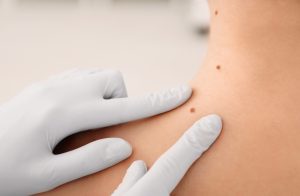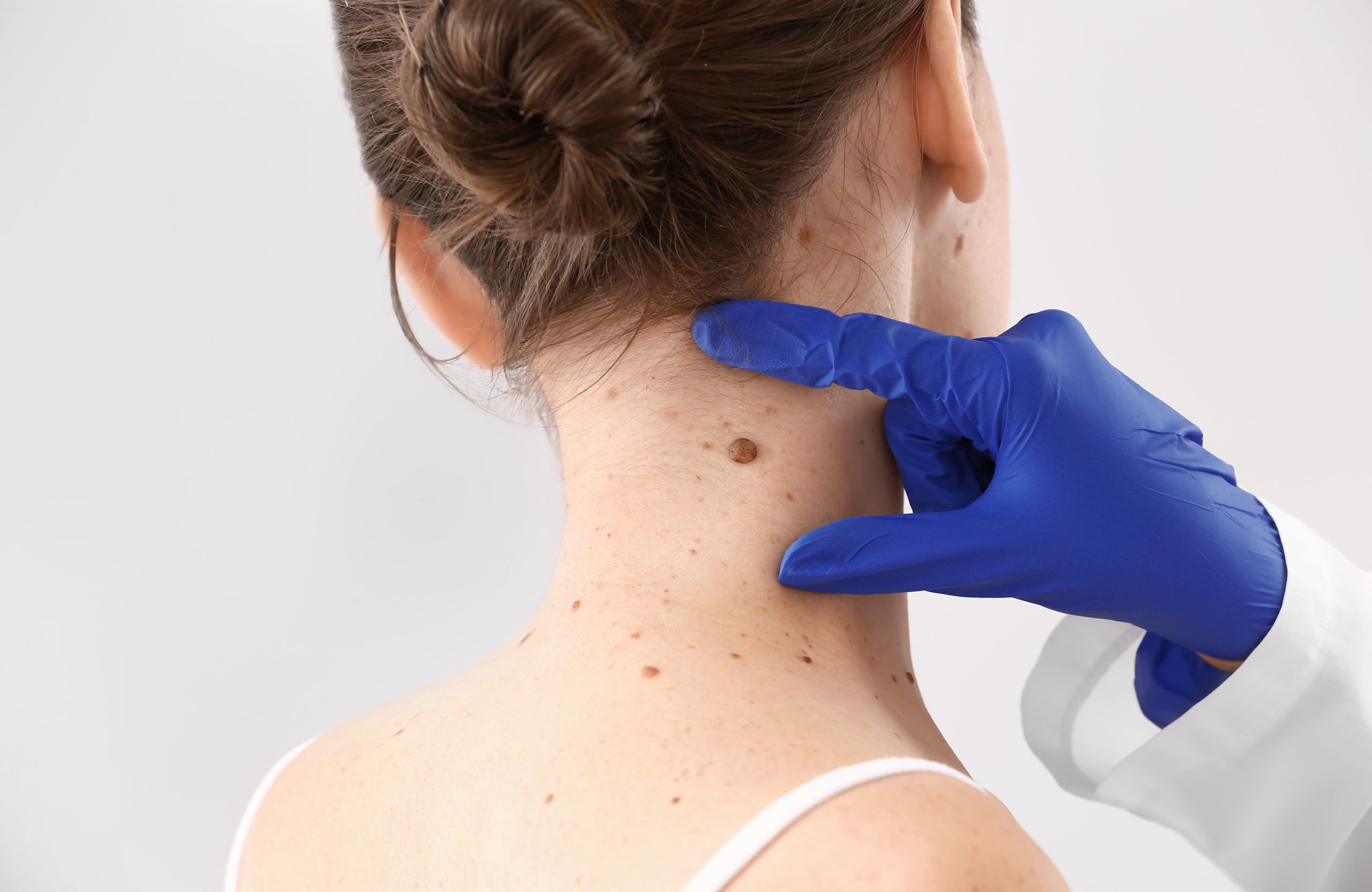Ex. Dr. Tuğba Kevser Uzunçakmak, Department of Dermatology, Memorial Şişli Hospital informed on the importance of regular follow-up of moles and digital dermatoscopy method scanning with artificial intelligence.
Attention should be paid to moles that appear after the age of 40.
Moles are benign lesions that occur as a result of benign proliferation of cells called melanocytes, which color the skin, hair and even eyes, and make nests together. There are different classifications according to settlements and departure times. Moles can be found congenitally in some patients, as well as throughout life; It can occur in the first 35-40 years depending on familial characteristics, the effect of hormones, sun exposure and immune status. Care should be taken in newly emerging moles after the age of 40. It has been reported that approximately 30% of the patients with melanoma, which is generally known as the most dangerous subtype among skin cancers, develop over these moles. Although the risk of transformation into melanoma is generally more common in non-congenital acquired moles, it can be seen even in the first 10 years of age in individuals with a giant (greater than 40 cm) congenital mole. In order to detect malignant diseases such as skin cancer at an early stage, it is important to regularly and thoroughly check the skin for changes. Skin cancer in the early stages is easily treatable.
Those with white skin, colored eyes, and multiple moles are at risk
In epidemiological studies on melanoma, it has been stated that melanoma is more common in individuals with blond-red hair, white skin, blue-green eyes, people with freckles, and individuals with more than 50 moles on their body. It has been observed more frequently in individuals with a history of intense sunburn-exposure, especially in childhood, with a family history of skin cancer or atypical moles, in various genetic diseases such as xeroderma pigmentosum and in individuals with weakened immunity for various reasons. If melanoma, which has a risk of spreading to internal organs, is diagnosed early and completely surgically removed, survival is significantly prolonged in patients and treatments such as chemotherapy or radiotherapy are not required. For this reason, it is very important to examine the whole body from the scalp to the genital area at regular intervals in individuals with these characteristics.

Mole tracking can be done using advanced technology
The mole scan is the examination of moles at certain intervals in order to have an idea about the structures of the moles in the body. These examinations are based on the evaluation of moles by magnifying 10-100 times with hand-held devices called dermatoscopes or computerized (digital) dermatoscopes. In handheld devices, recording can be done with phone or tablet compatible devices, while in digital systems, the recording is on the computer. A digital dermatoscope is a dermatoscope integrated into a high-resolution computer. Although a very clear image and fast examination can be achieved with handheld devices, mole follow-ups are preferably performed with digital dermatoscopes for people who need to be followed at regular intervals and who carry high risk. In digital dermatoscopy scanning, detailed close-up images of pigmented lesions and moles that cannot be seen with the naked eye are obtained.
Mole mapping with digital dermatoscopy
In digital dermatoscopy, all moles on the body are recorded from a certain distance and from different directions, such as the front and back of the trunk, face, front and back of the arms and legs, scalp, hands and soles, and then they are marked and examined one by one. After this mapping, a microscopic record of all moles is taken and examined with magnification and recorded with the date of that day. According to the structure of the moles, the dermatologist is followed up in terms of changes at intervals deemed appropriate. Digitally recorded moles are compared in the scans that the patient has regularly made, and suspicious changes and formations are detected with artificial intelligence.
Suspicious moles can be detected early with artificial intelligence technology
Although mole screening or whole body screening is of vital importance for patients at risk of skin cancer, it is a type of examination that every individual in the society should have at regular intervals. In terms of early detection of possible changes in areas such as the scalp, back or genital area that the person cannot follow, it is extremely important for each individual to have at least an annual full body dermatological scan and to examine the moles, if any, with digital dermatoscopy, to detect suspicious situations and to intervene early. Early diagnosis increases the chance of cure for all diseases, including cancer.



